I’ve always had a fondness for vintage SLR cameras, and for a long time my main shooter was the excellent Pentax ME Super, a late 70s classic. I bought mine for peanuts in a charity shop about fifteen years ago, but sadly it died on me completely a while ago. I paid out seventy-five quid to get it serviced and cleaned, but repeated failures outside the guarantee period culminated in a jammed shutter, so I had to bid it goodbye. I was very sad about this.
However, back in the spring, I spotted a very attractive-looking Ricoh KR-10X camera in the window of a charity shop. I’d never seen one of these before, and it wasn’t expensive at all. I went and had a good look at it, and did a quick bit of Googling – I left the shop with the camera. It looked very well looked after, and had fresh batteries in it, so appeared to be working.

Ricoh are now actually the parent company of Pentax, but back in the eighties when this camera was made, they produced their own distinctive range. Happily it uses the Pentax K lens mount, allowing me to use my existing lenses (I have a Pentax MZ-10 35mm camera and a K-S2 digital SLR that use the same lenses too).
The camera was aimed at the budget end of the market, but was quite well-specified. It’s chunky and nice to hold without being too big or heavy, it takes very easy to find LR44/SR44 batteries, and has both manual and aperture-priority exposure modes. The range of manual shutter speeds goes from 1/1000th sec right up to 16 seconds, which is really useful, selected by a traditional dial on the right hand side. Film speeds go from 12 to 3200 ISO, again a useful range, and better than those supported by the ME Super. There’s a great clear viewfinder, with a very easy to read shutter speed/exposure meter on the right hand side. A split prism in the middle aids focus.
The example I bought came with the standard kit lens, an f2 50mm. Given that I have better 50mm lenses, I wasn’t intending to keep this, but it had some decent reviews, so I used it quite a lot over my first few films, and ended up being rather fond of it.
The first film I loaded into it was the versatile and abuse-friendly Ilford XP2, and I found a variety of subjects and conditions to test it out. Here’s a few highlights.
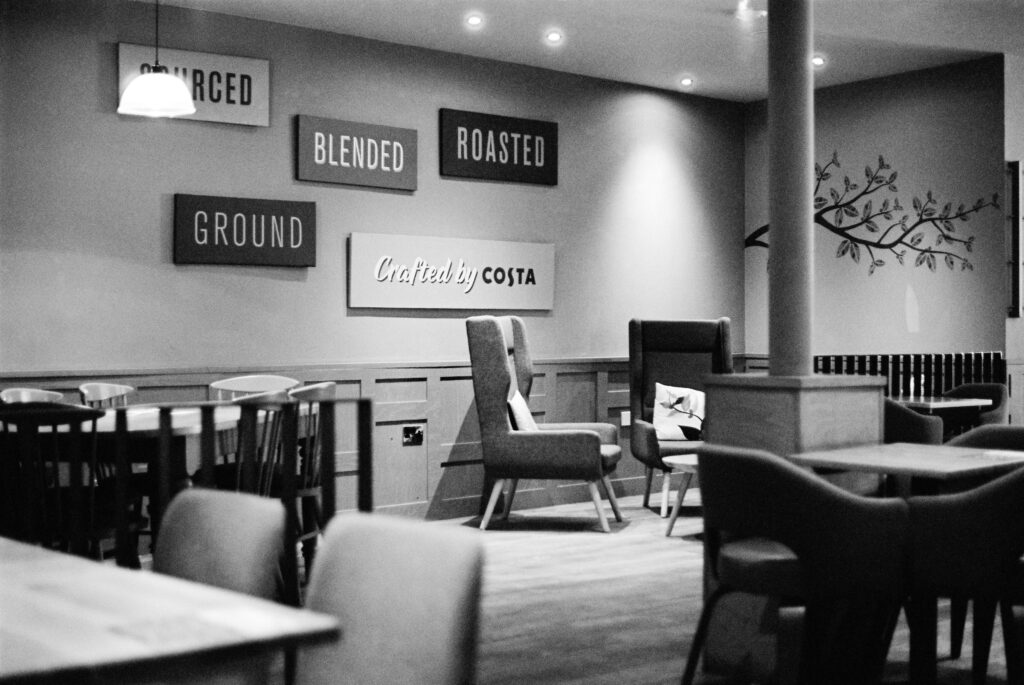
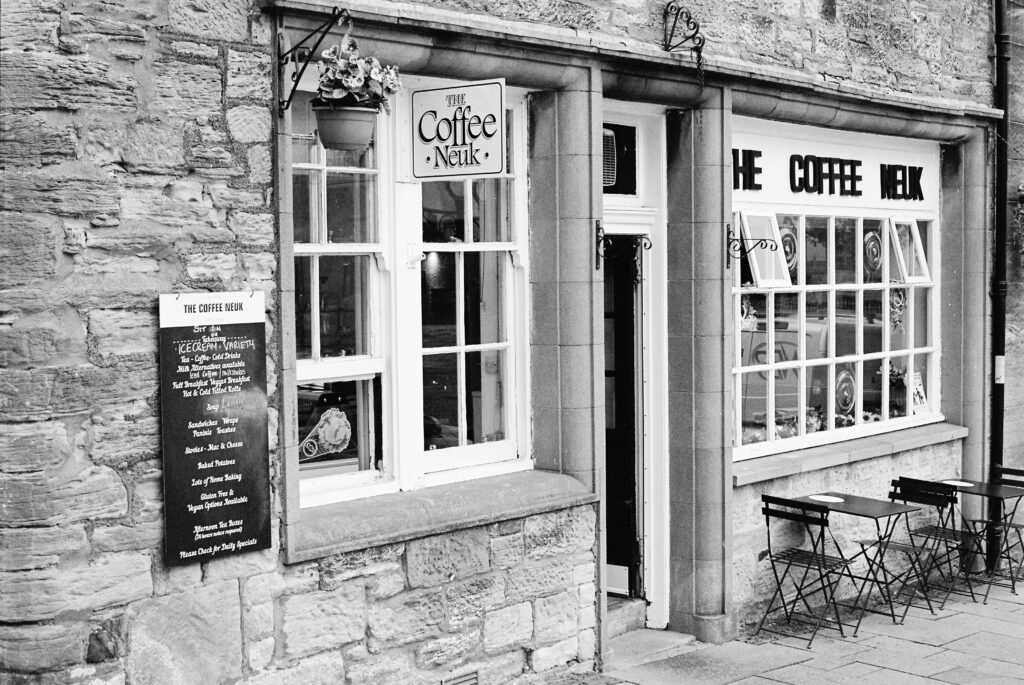


I was very pleased with this lot. My success rate with this camera was really high – exposures were consistently very good, and the lens was clearly a contrasty little gem.
Next off was some Fuji 200 colour print film, and again, the results were very nice. Lovely bright colours and plenty of contrast.



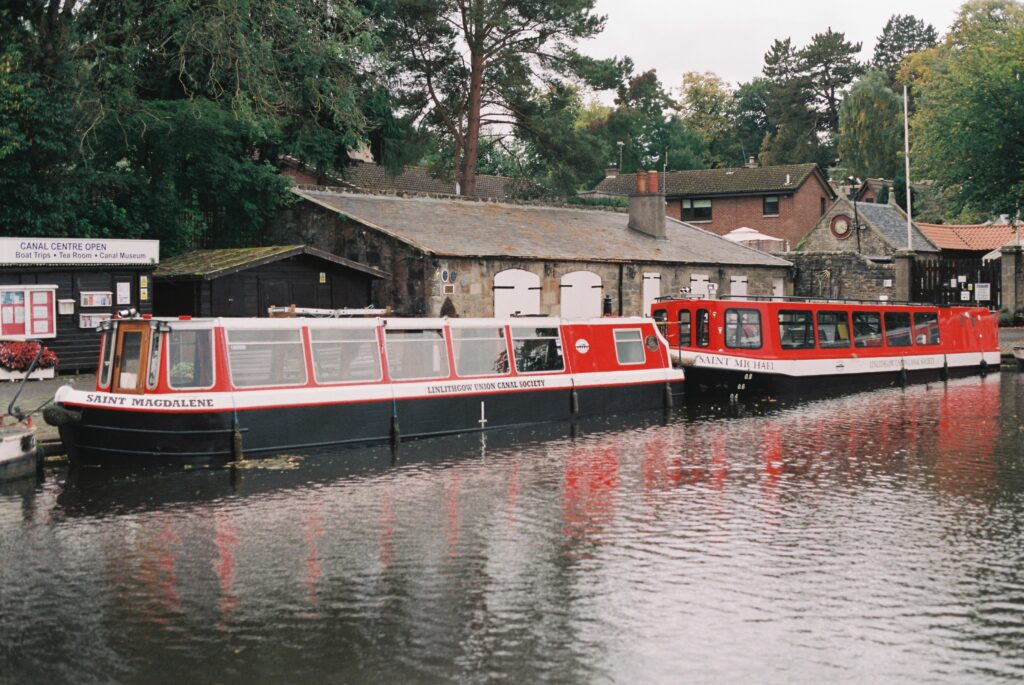
I tried something very different for the third film – some Kodak Ektachrome 50 slide film, that expired in 1991, and abused further by cross-processing. Based on previous experience, I needed to get as much light on this film as possible, so I changed to an f1.4 lens, exposed it at ISO 12, and got my long-suffering lab to push by two stops. Here’s the interesting results!
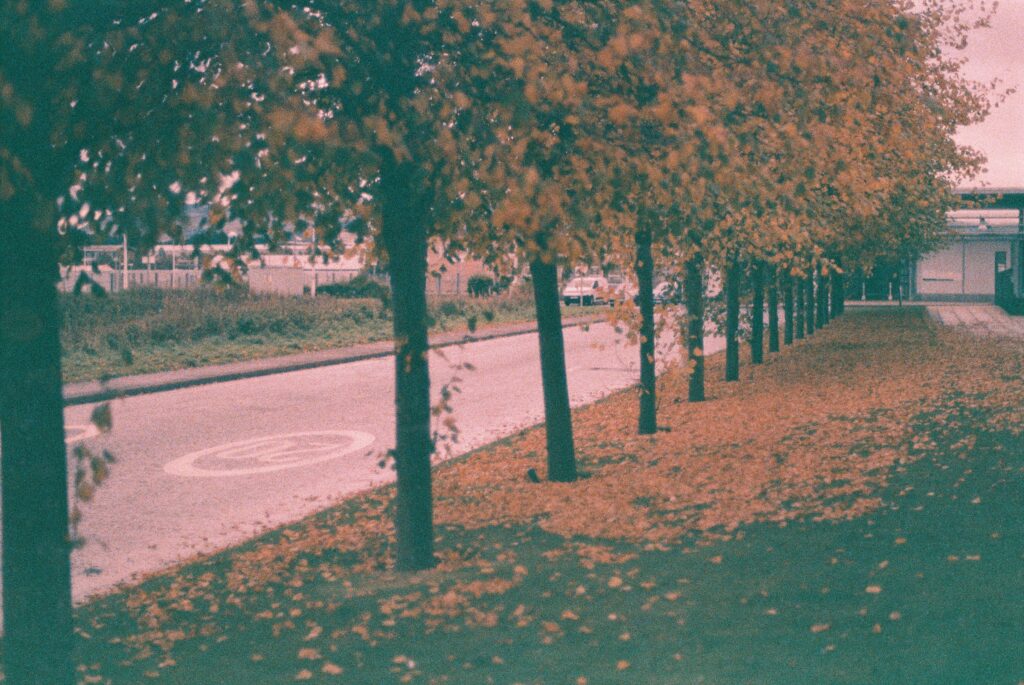
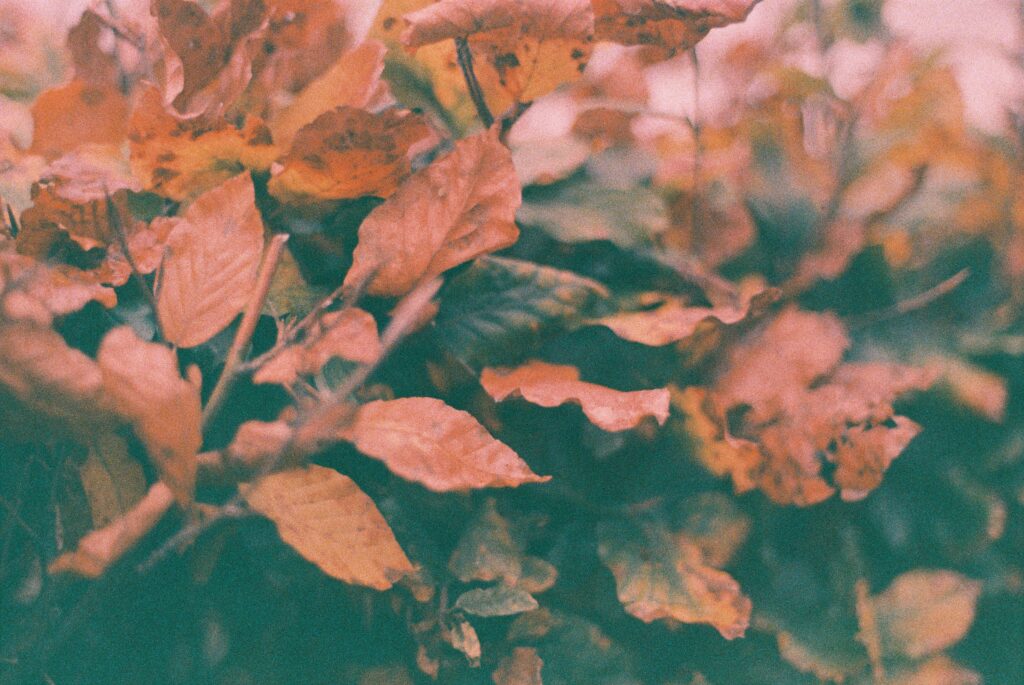

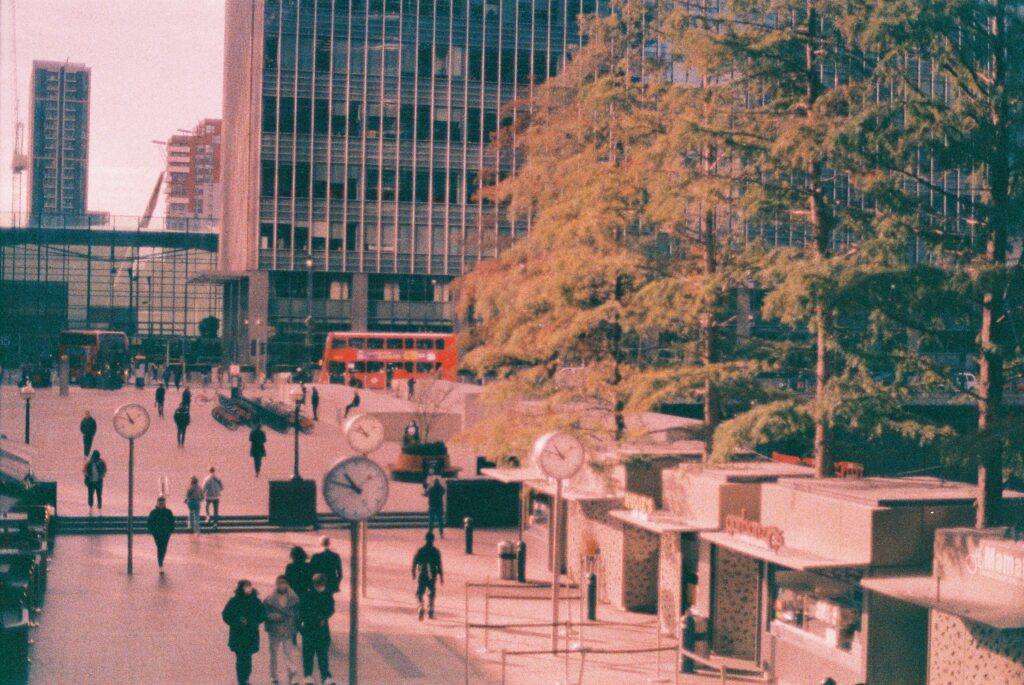
Disaster struck after I shot this roll, with the shutter failing to cock and the wind lever locking up – a problem I’d had with the ME Super. I was on a trip to London when it happened, but when I got home, a bit of googling and some delving around in the innards of the camera with my Swiss Army knife got the issue resolved.
The most recent film I’ve shot in it is some Kodak Pro Image 100, which is quite hard to get hold of in these here parts as it’s not meant to be sold in Europe, but it’s very nice stuff. It made a lovely job of these shots down by the canal near my house.

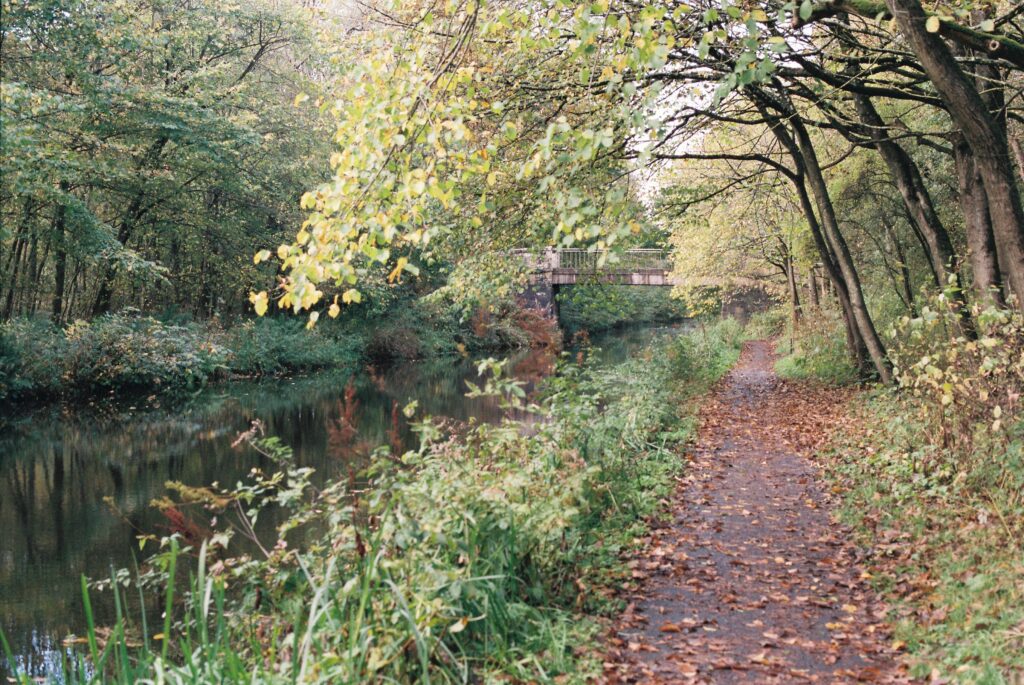
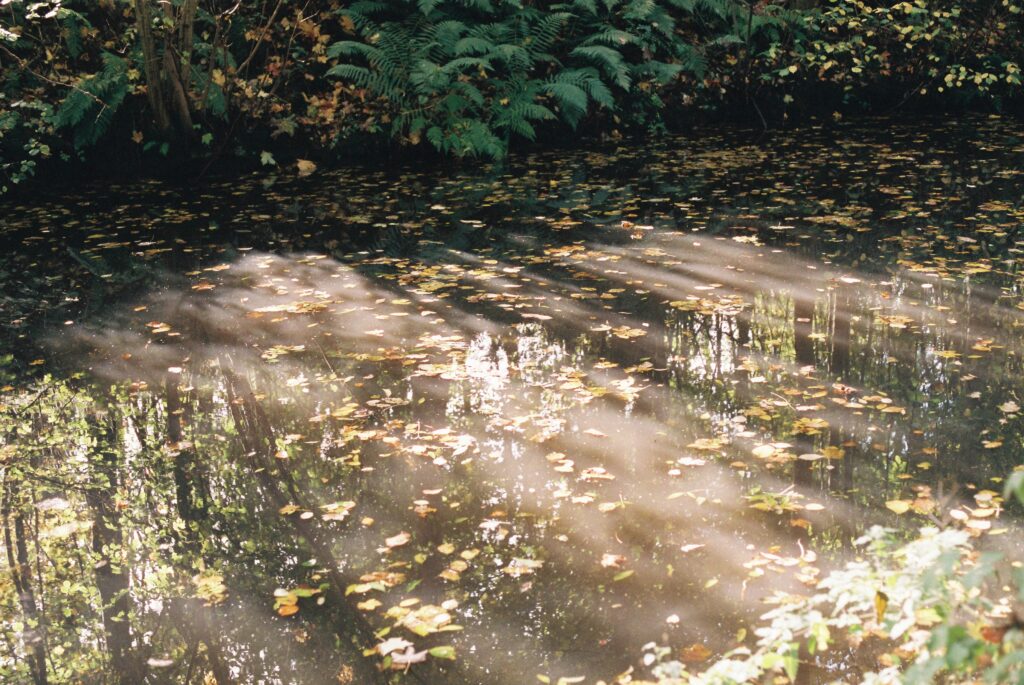
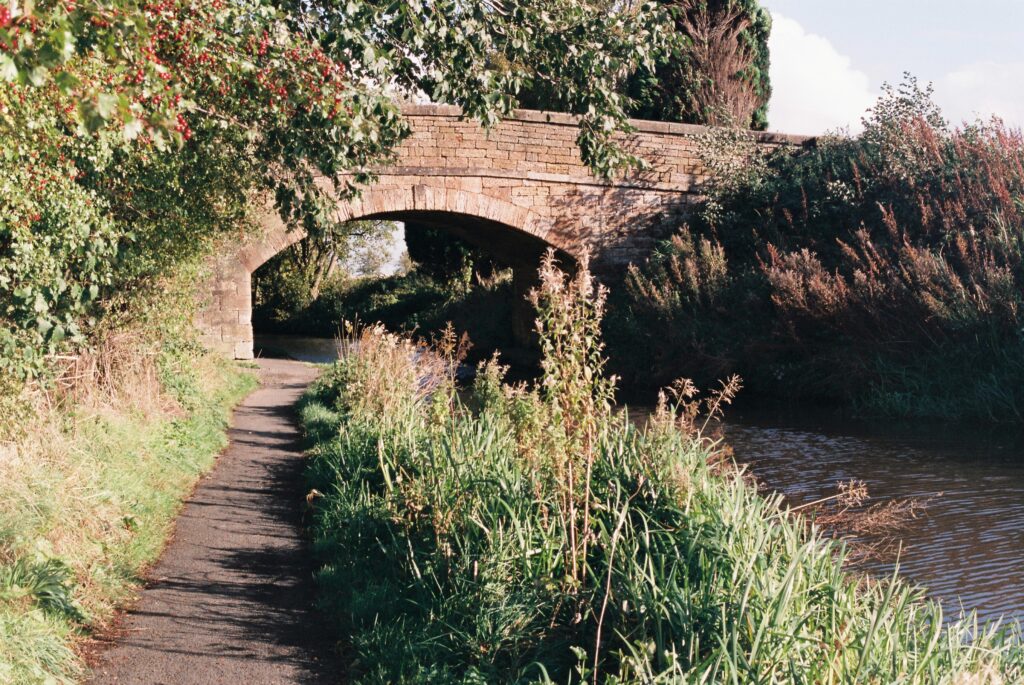
The conclusion I’ve reached is that this is a very impressive camera indeed. It might have a modest spec and a less-than-stellar reputation, but it feels well-made and performs consistently well. The only thing to watch is that the mirror mechanism isn’t as well damped as more premium cameras, so it does slap quite hard, and requires a firm grip on the camera to avoid shake. Other than that, though, you’ll do a lot worse than this!
There is, of course, some wonderful glass available, given the huge range of K-mount lenses out there. Be warned, however! If you find an autofocus Ricoh lens, do not try mounting it on an autofocus Pentax camera! The autofocus mechanisms are different. The lens will go on, but you’ll be very lucky if you can get it back off again.